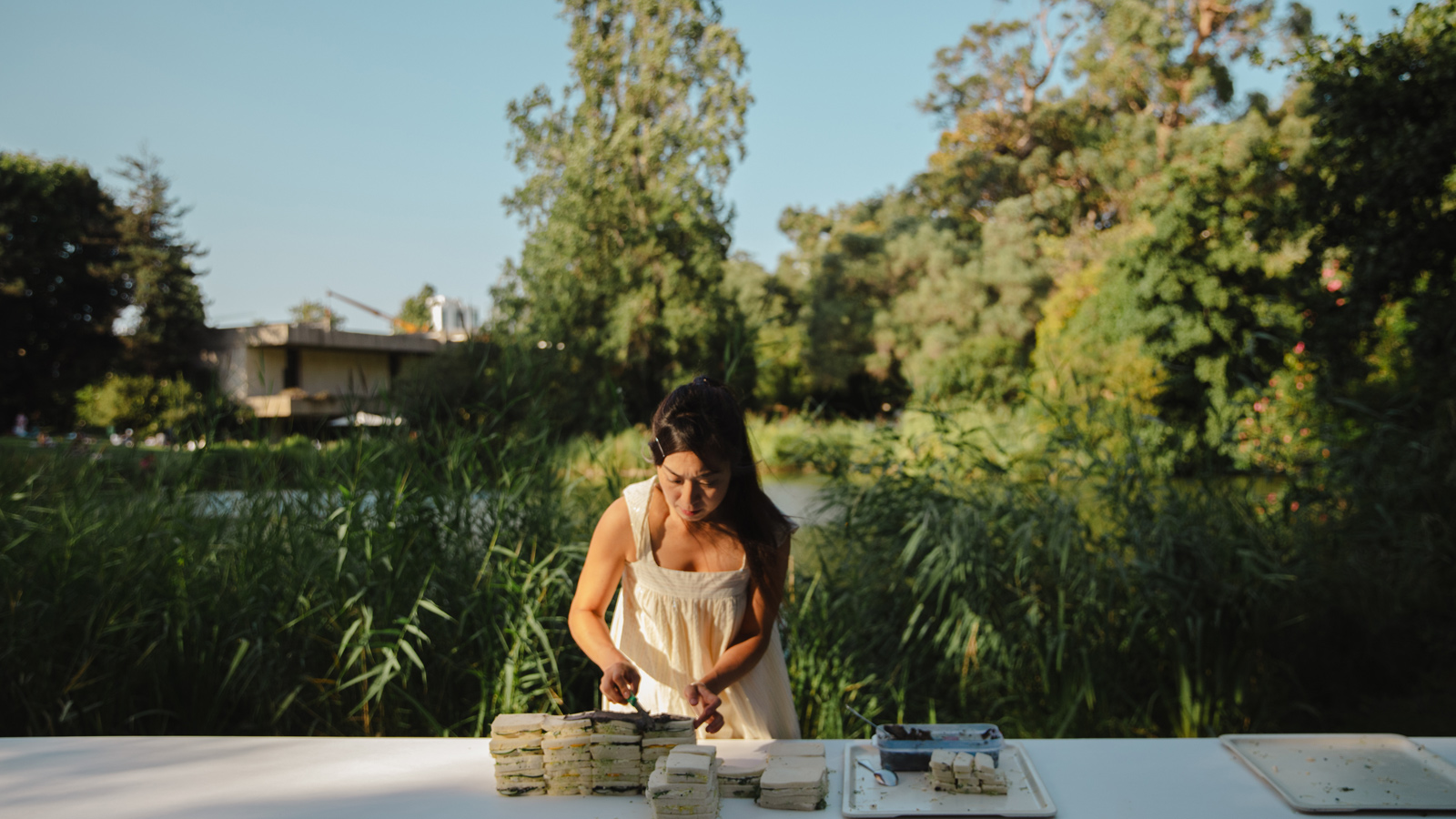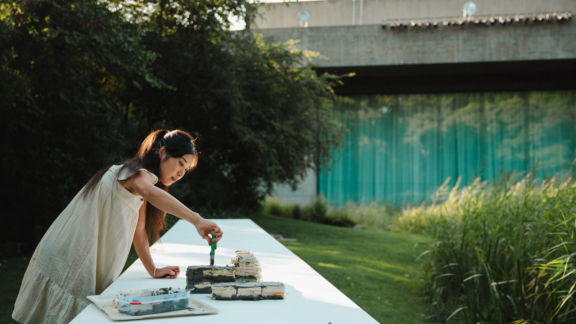Lei Saito: «I try to make each performance a unique encounter»
What led you to accept the invitation to take part in CAM’s Contemporary Art Season from Japan?
I was so happy when, more than a year ago, Emmanuelle de Montgazon invited me to take part in the Japanese Season. As a Japanese architectural concept, I am inspired by 縁側 [engawa], this public / private, interior / outside space. Also I had never been to Portugal before the research trip I went on last year. Visiting unknown cities always fills me with inspiration.
Your performances are usually related to where they will take place. What do you need to know about a place before planning a performance?
Visiting the place and getting a sense of the city is very important. I love observing details of the locals’ everyday life and getting inspired by them. The surroundings, the vegetation, the design of the public spaces, the colours and smells of the city, the humidity, the local markets and cafes, the way people walk and dress, and so on.
It was also important for me to go to local or organic markets and try some restaurants to understand how food is cooked and tastes in Lisbon.

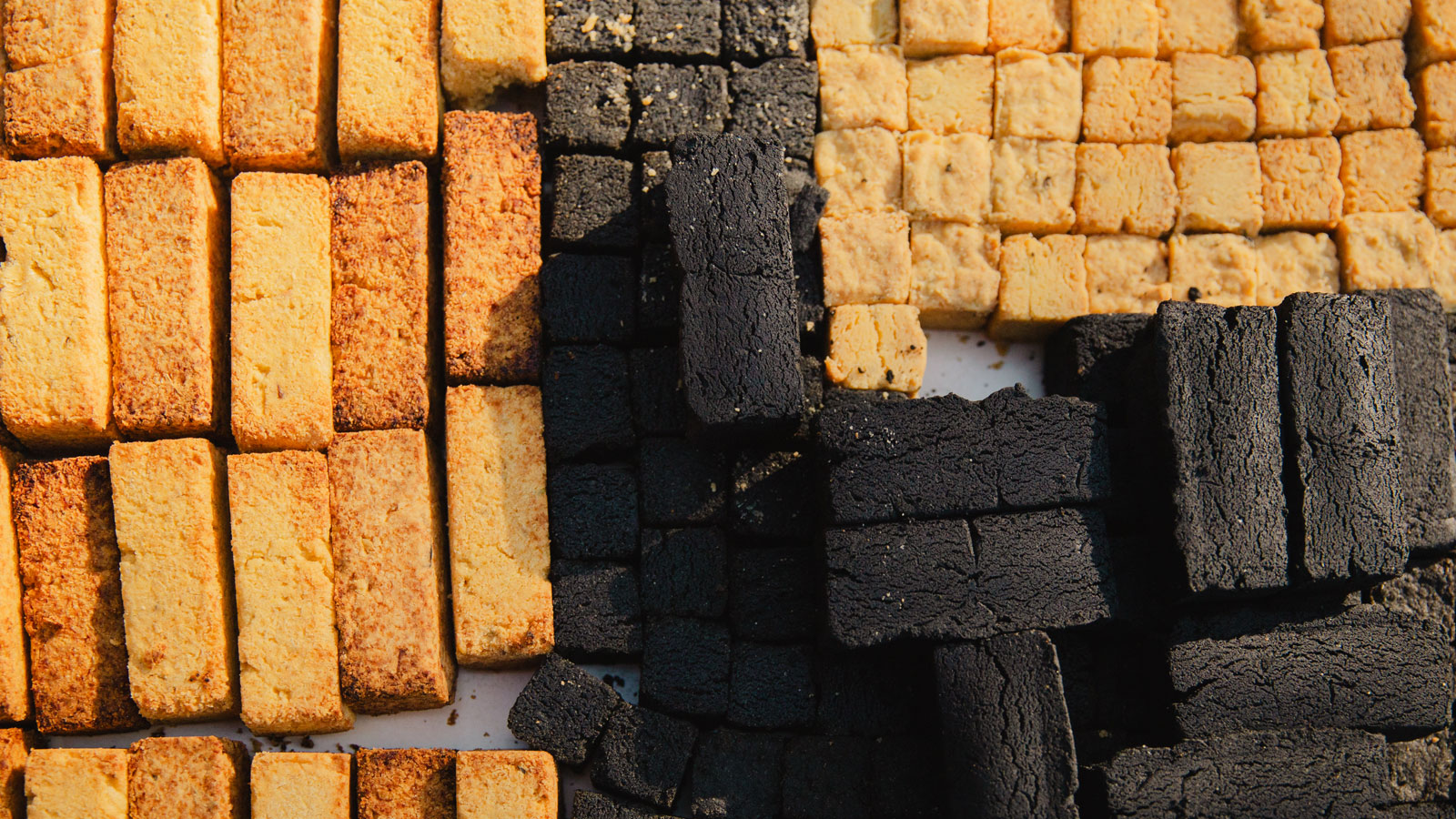
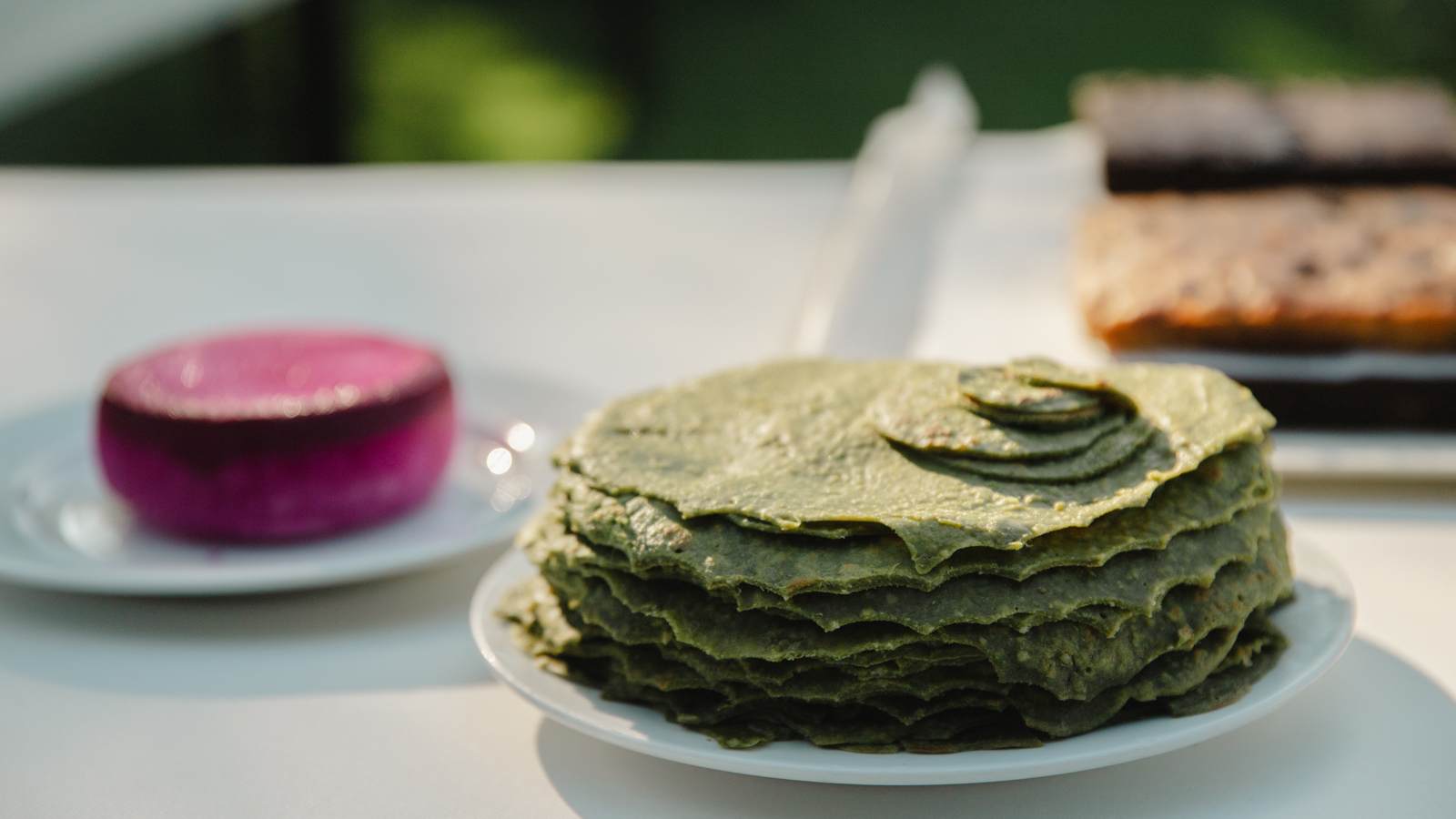

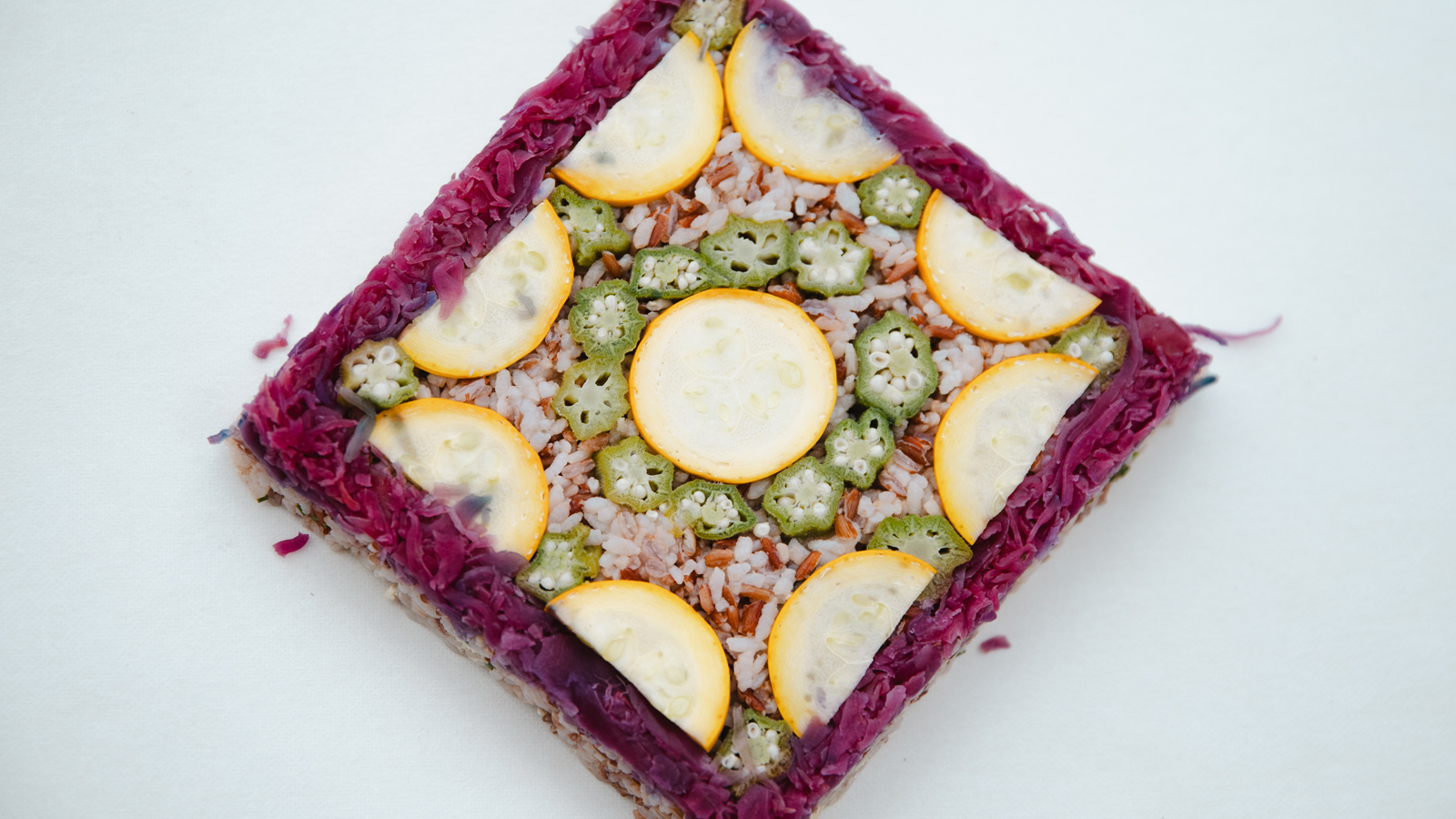


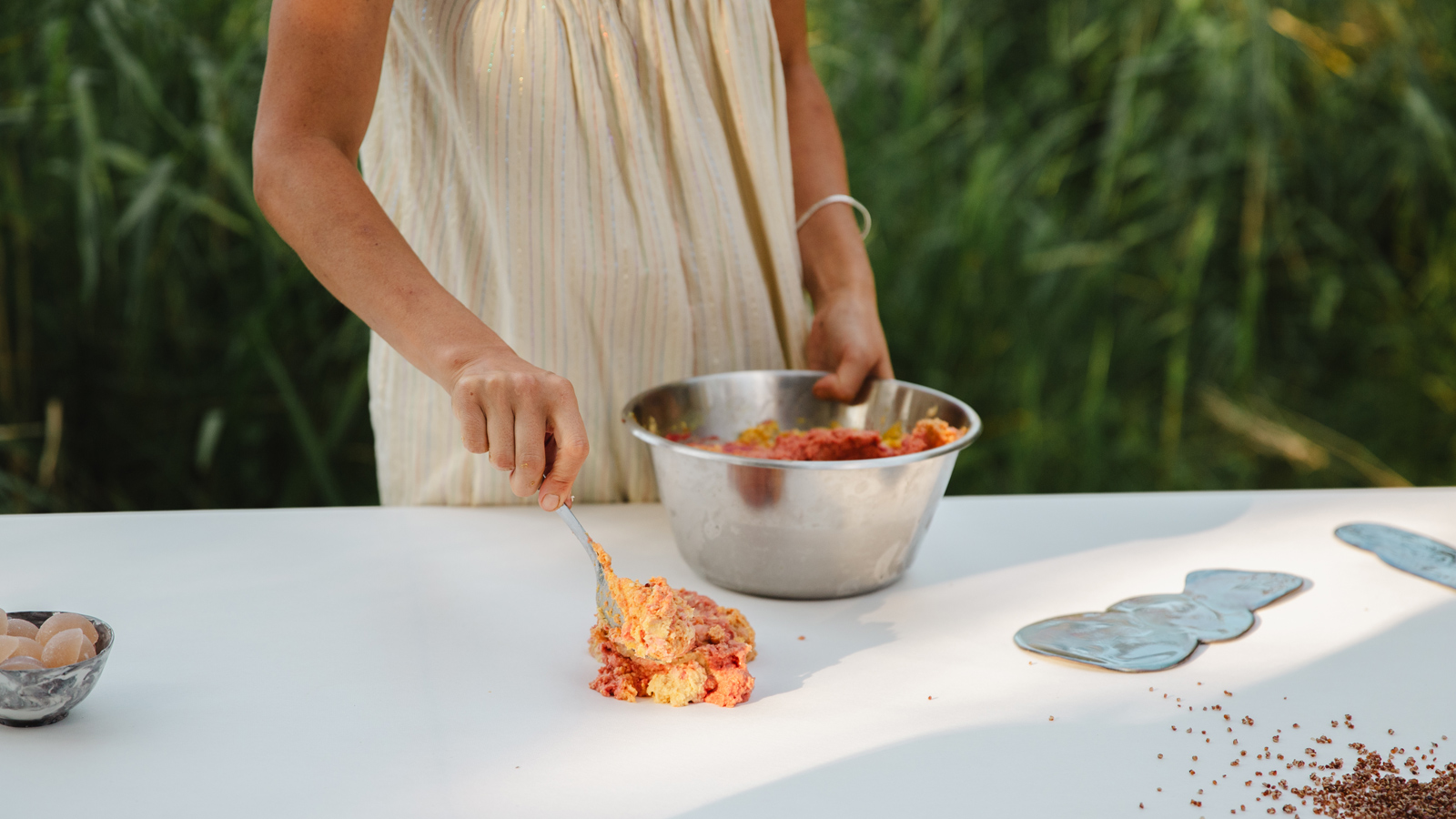
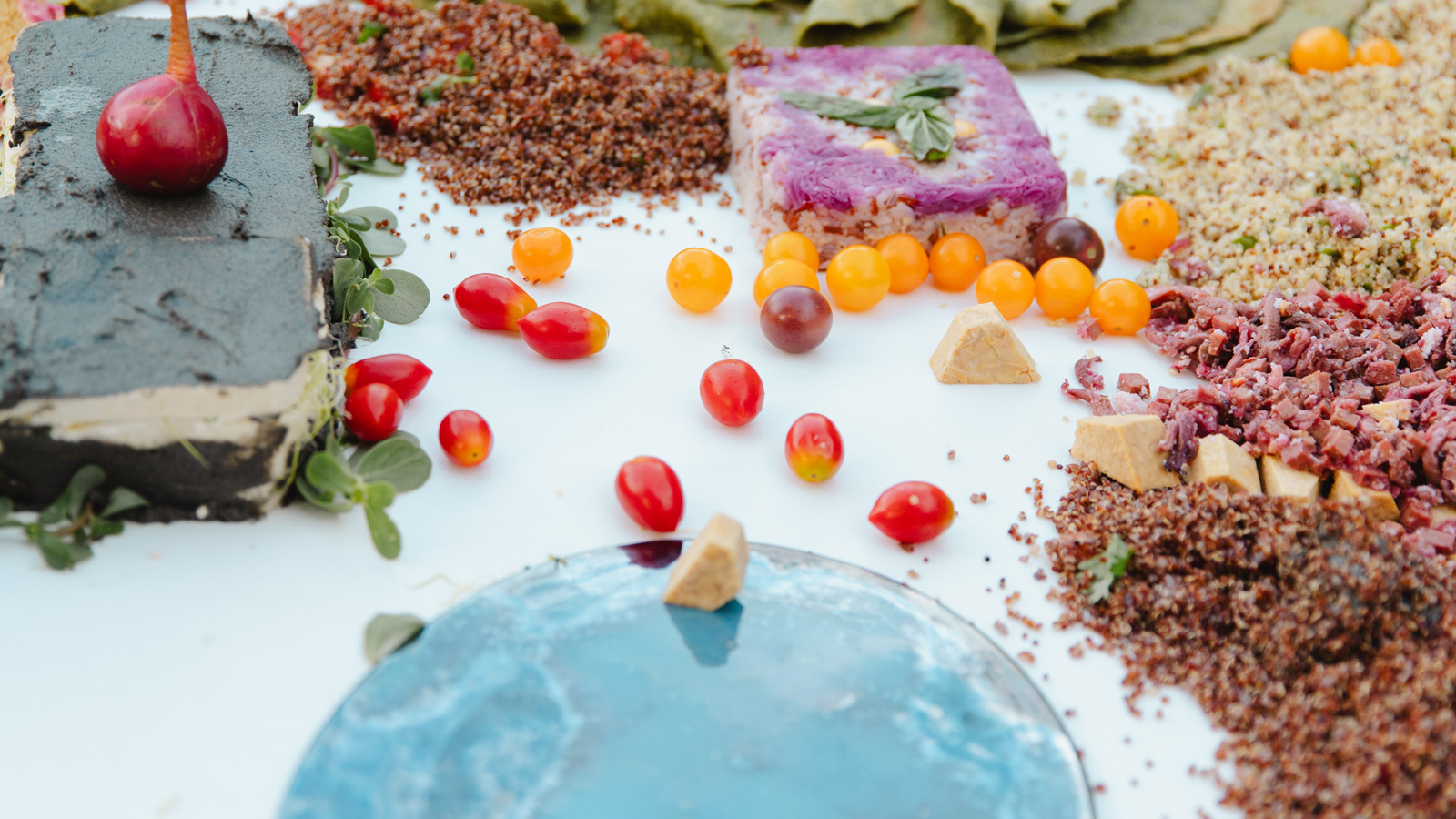
Do you make colour and/or flavour associations with different aspects of a place? Or of an exhibition?
For the Gulbenkian performance [Cuisine Existentielle], for instance, I wanted to make the installation look like Lisbon’s black and white pavements [calçada portuguesa]. So I reinterpreted them using cocoa carbon powder and by making black and white cubic biscuits.
I also wanted to use the water ripples that formed on the surface of the Foundation’s lake, so I tried to integrate round forms made out of jelly, along with slices of fruit and vegetables, combining them with iridescent blue ceramic pieces reminiscent of water.
I also used my reinvented oshizushi (pressed sushi shaped into square forms with patterns) and square chocolate cakes with patterns to refer to Portuguese tiles.
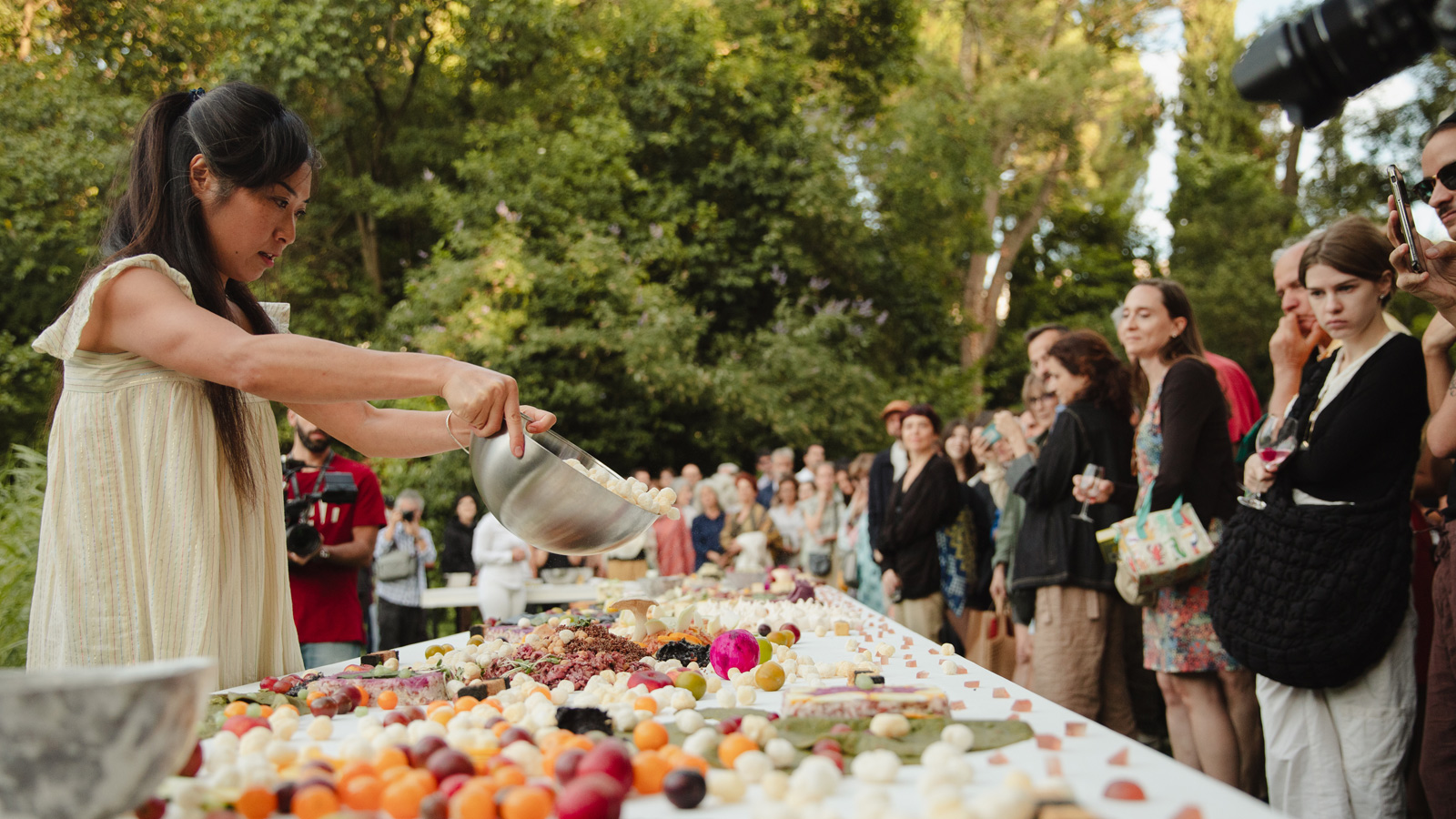
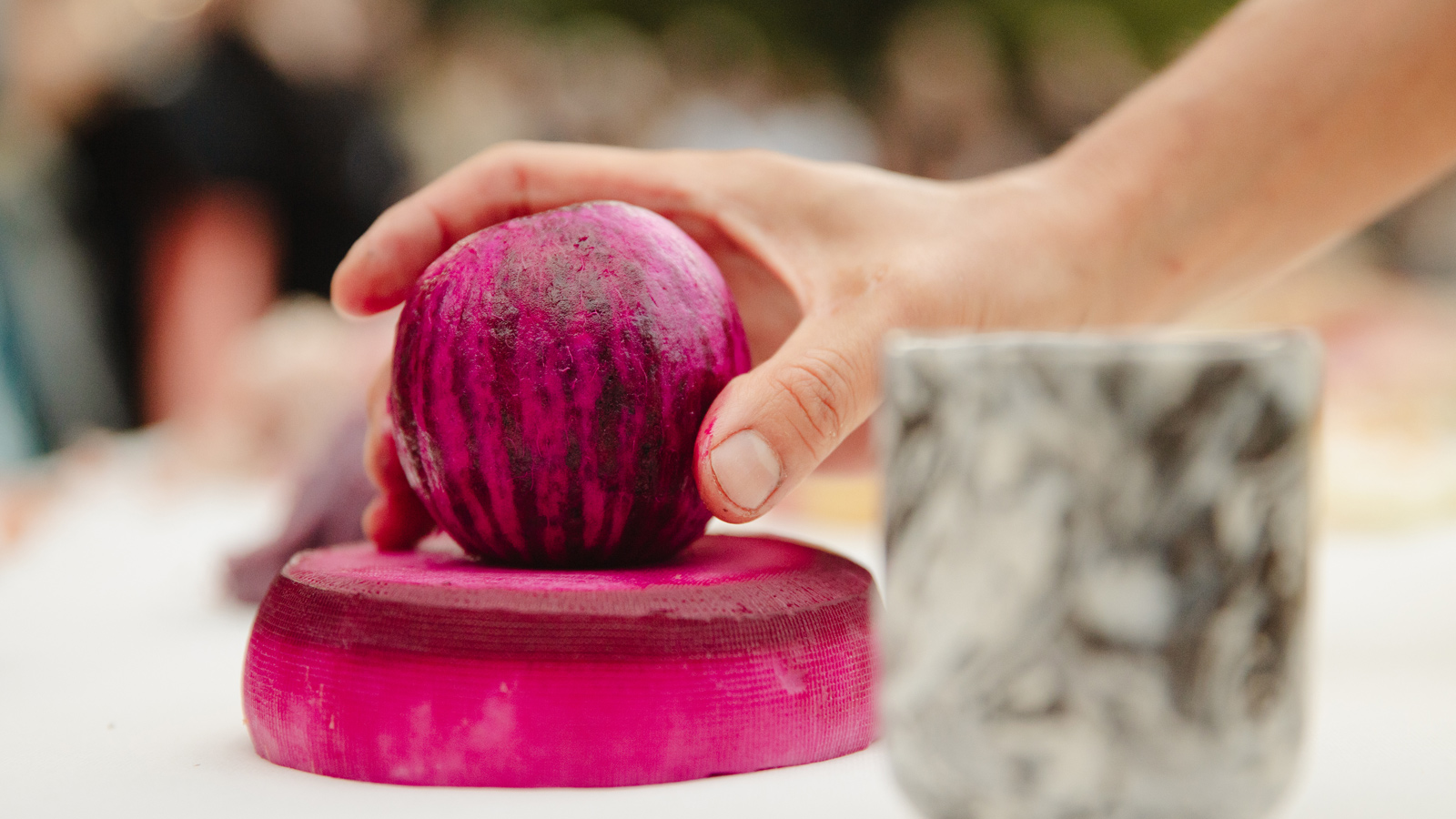
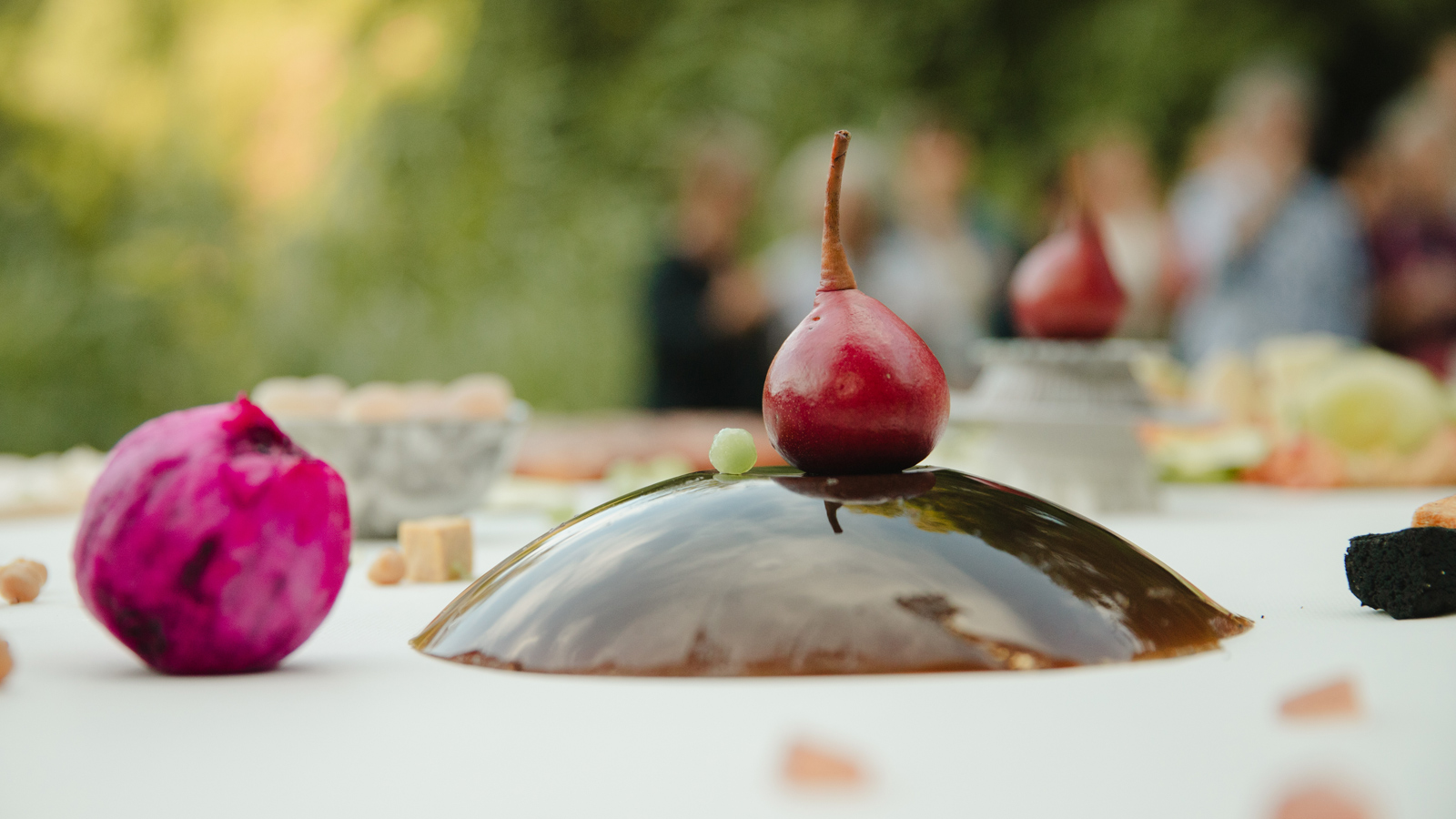



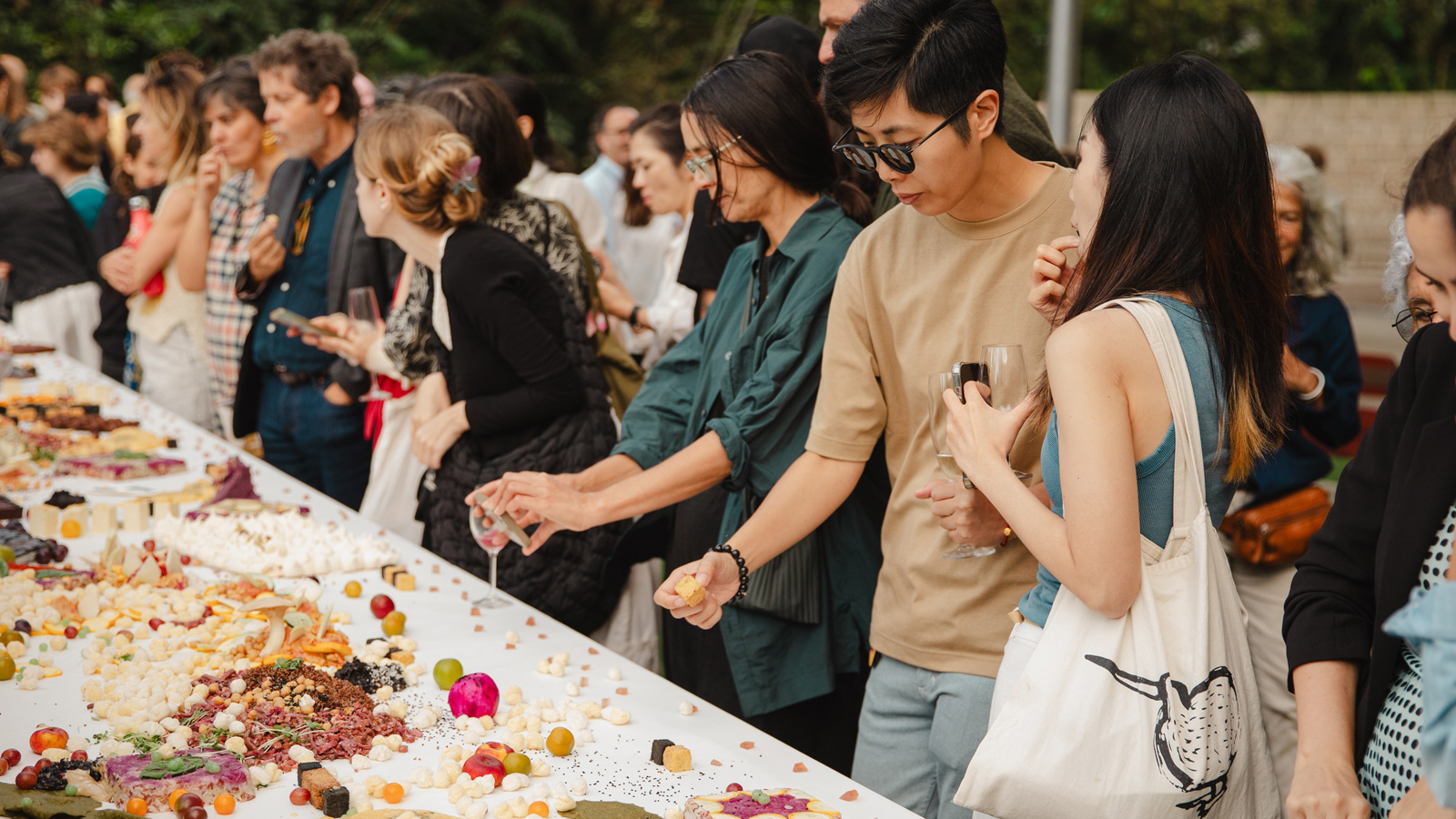
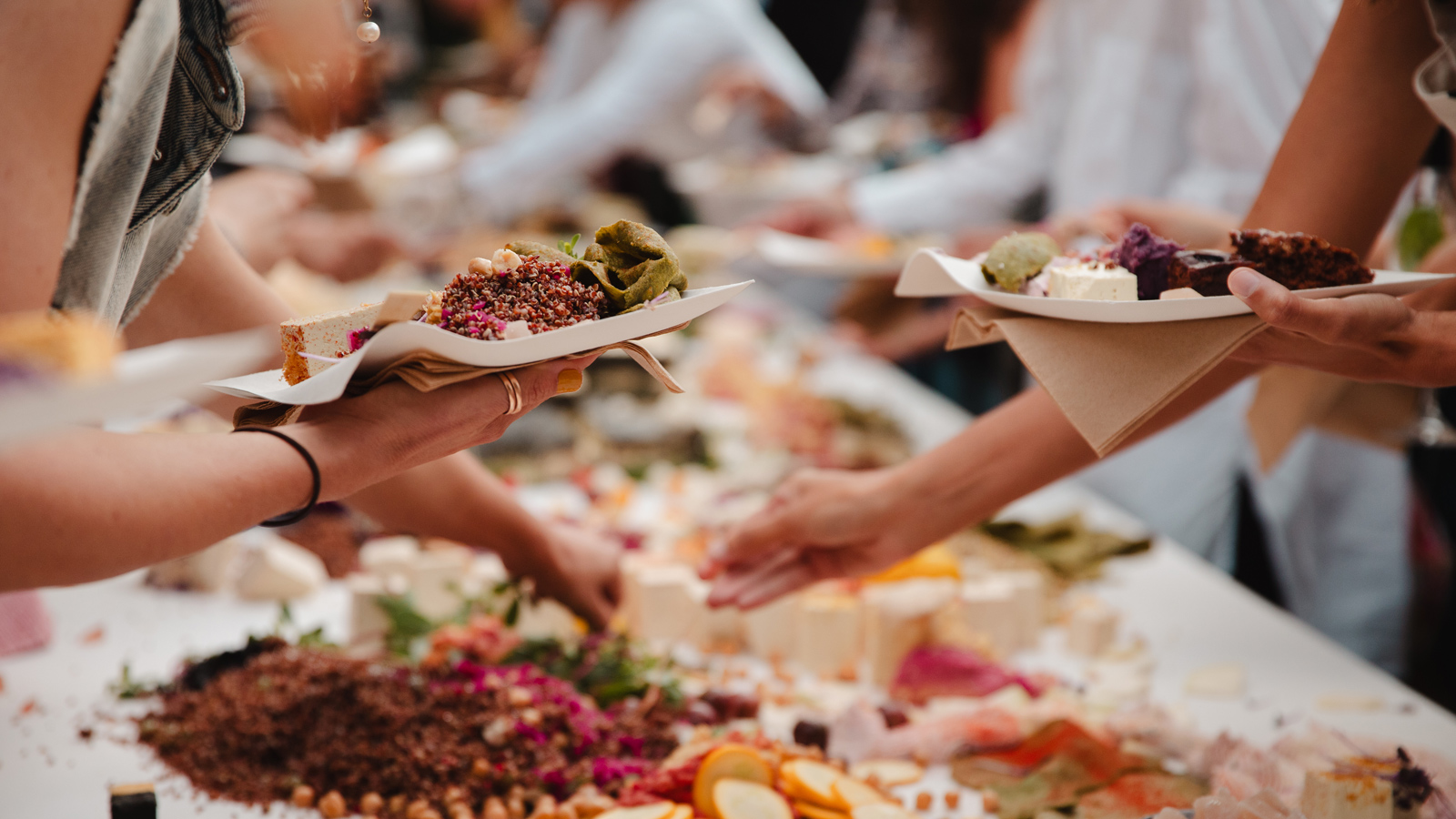

Do local products/cultures have an impact on the design process of a performance/piece?
Yes, they do.
I try to make each performance a unique encounter. Obviously the local food, the people I meet, or even a topic in a conversation can help me design a landscape. I’ve also made some small cake stands and bowls with marble motifs to create different levels of height on the table, thinking of the topography of the city and of the Gulbenkian Garden. And this marble cosmic motif seemed to me quite Japanese and Portuguese at the same time.
I consider the moment of tasting and enjoying the food landscape to be a part of the performance. It’s exciting and curious to see how people react during the assembly of the ingredients, how they start eating and what they discover and talk about, etc.

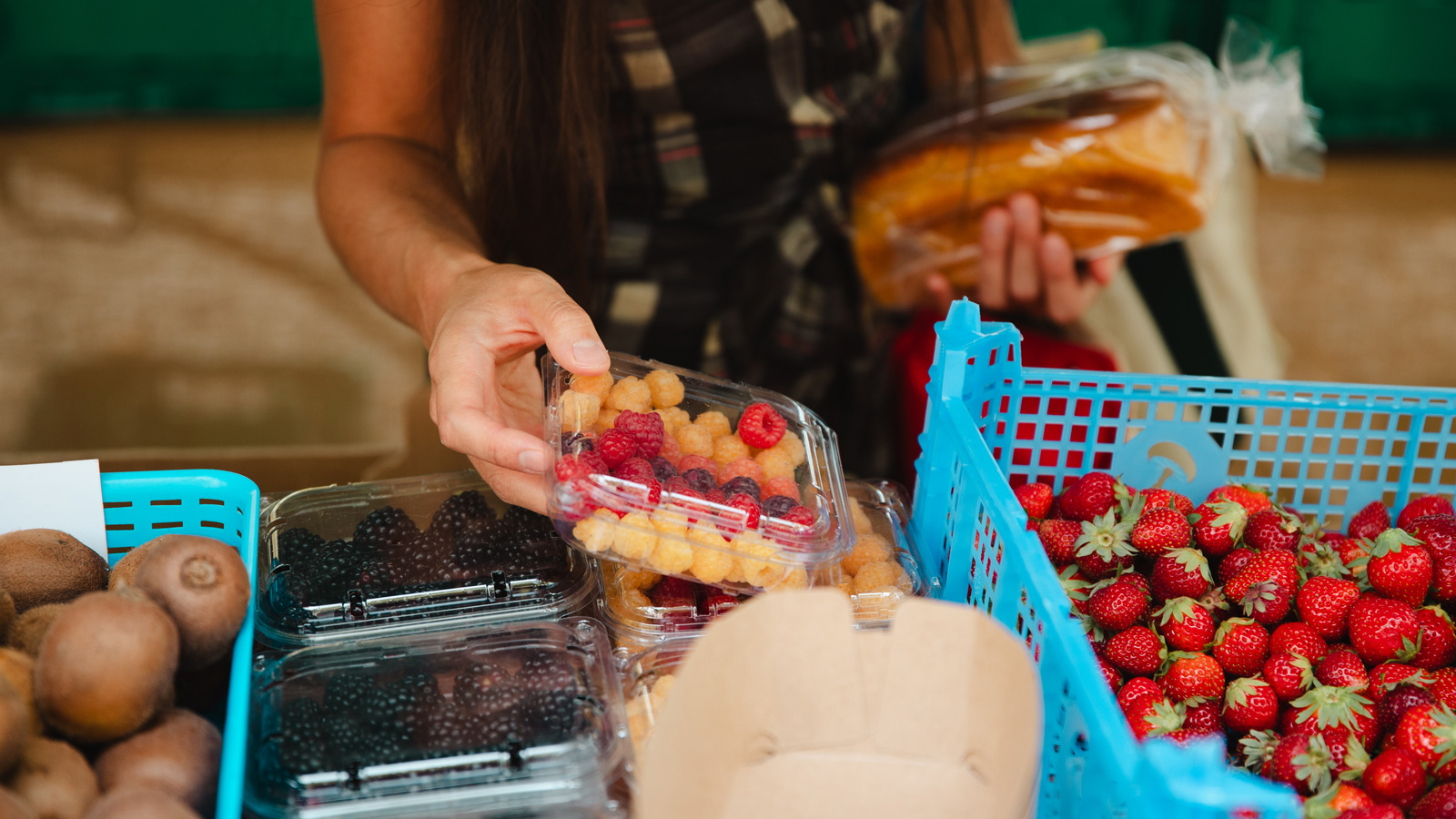
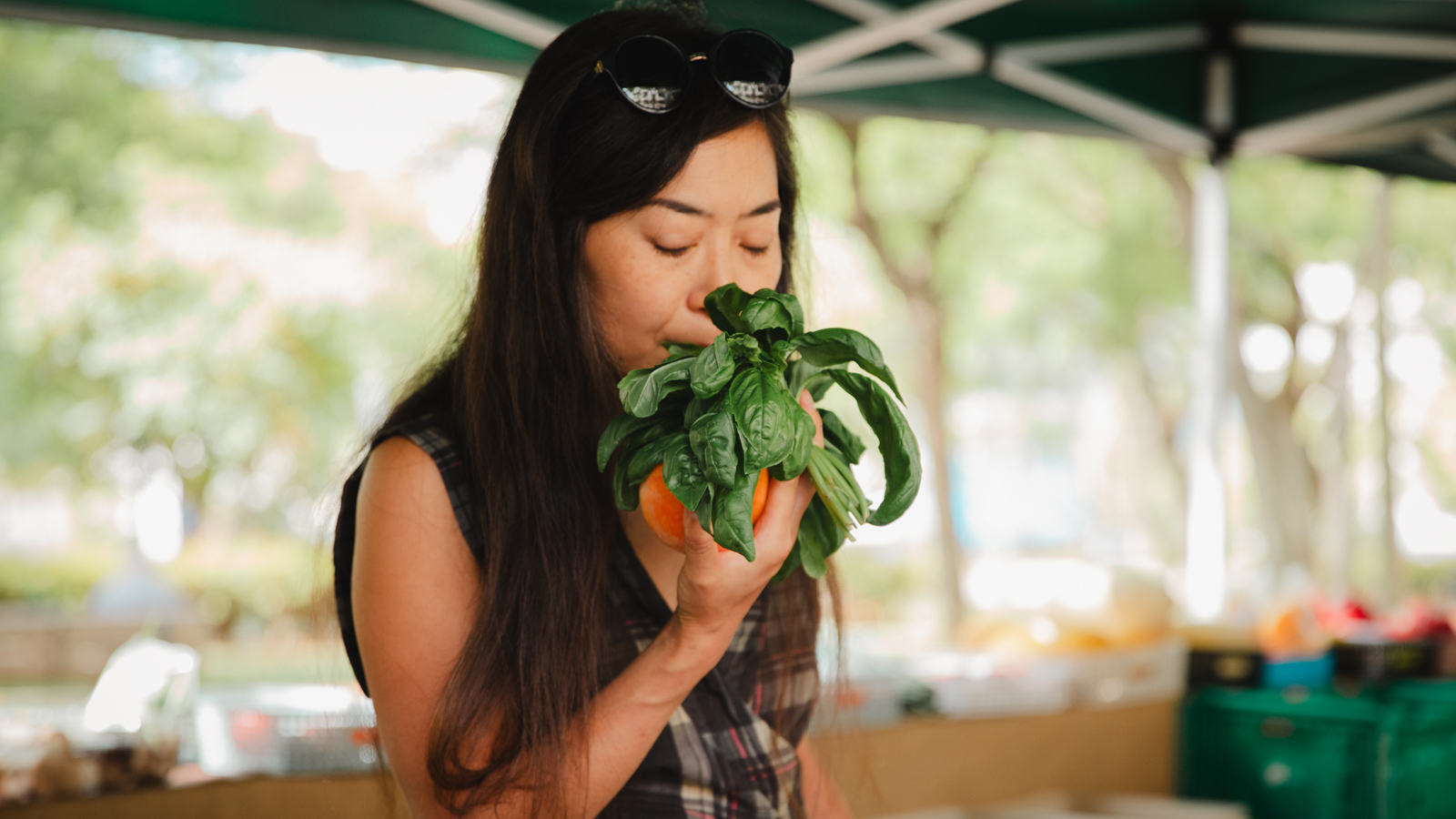
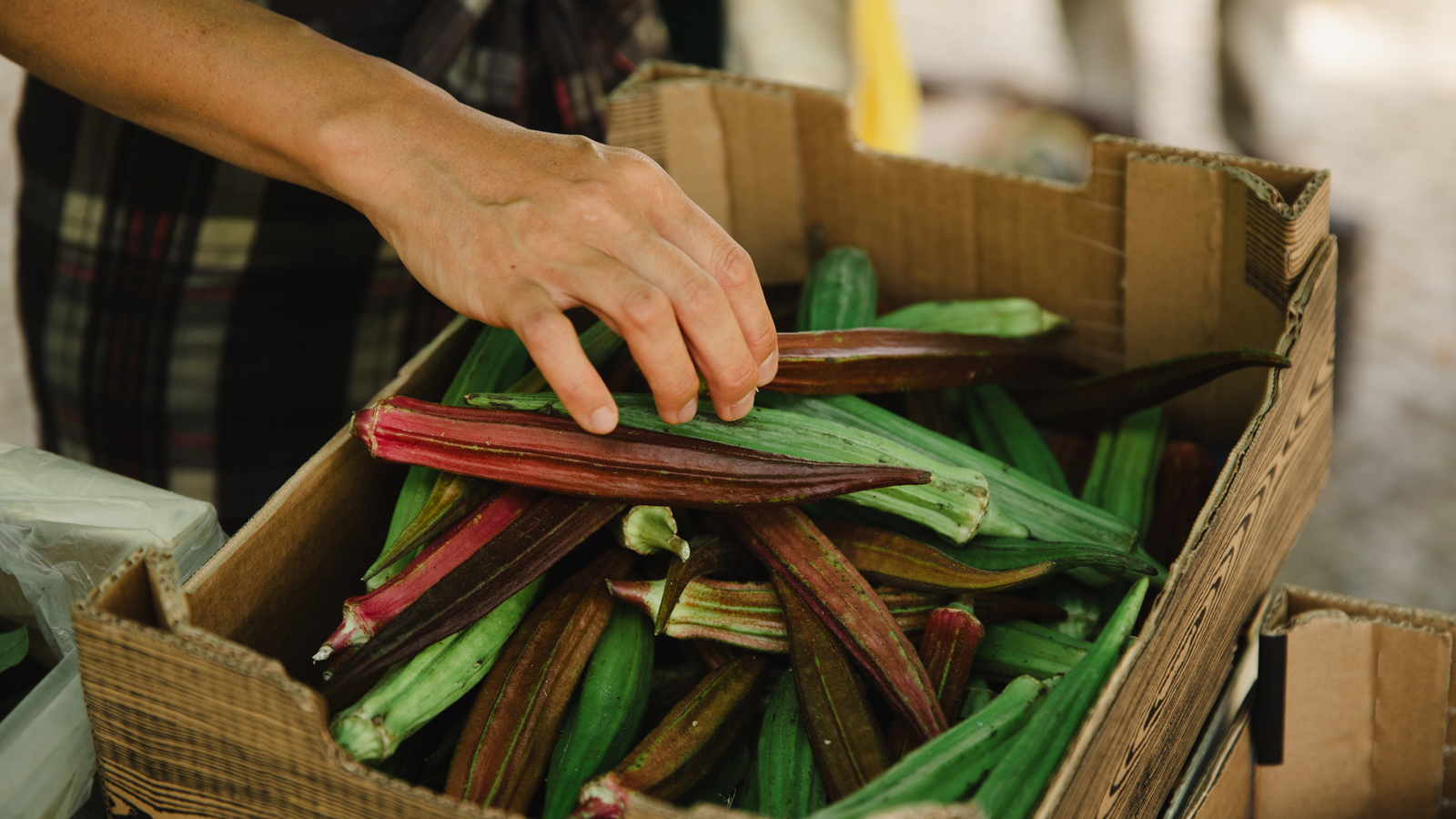
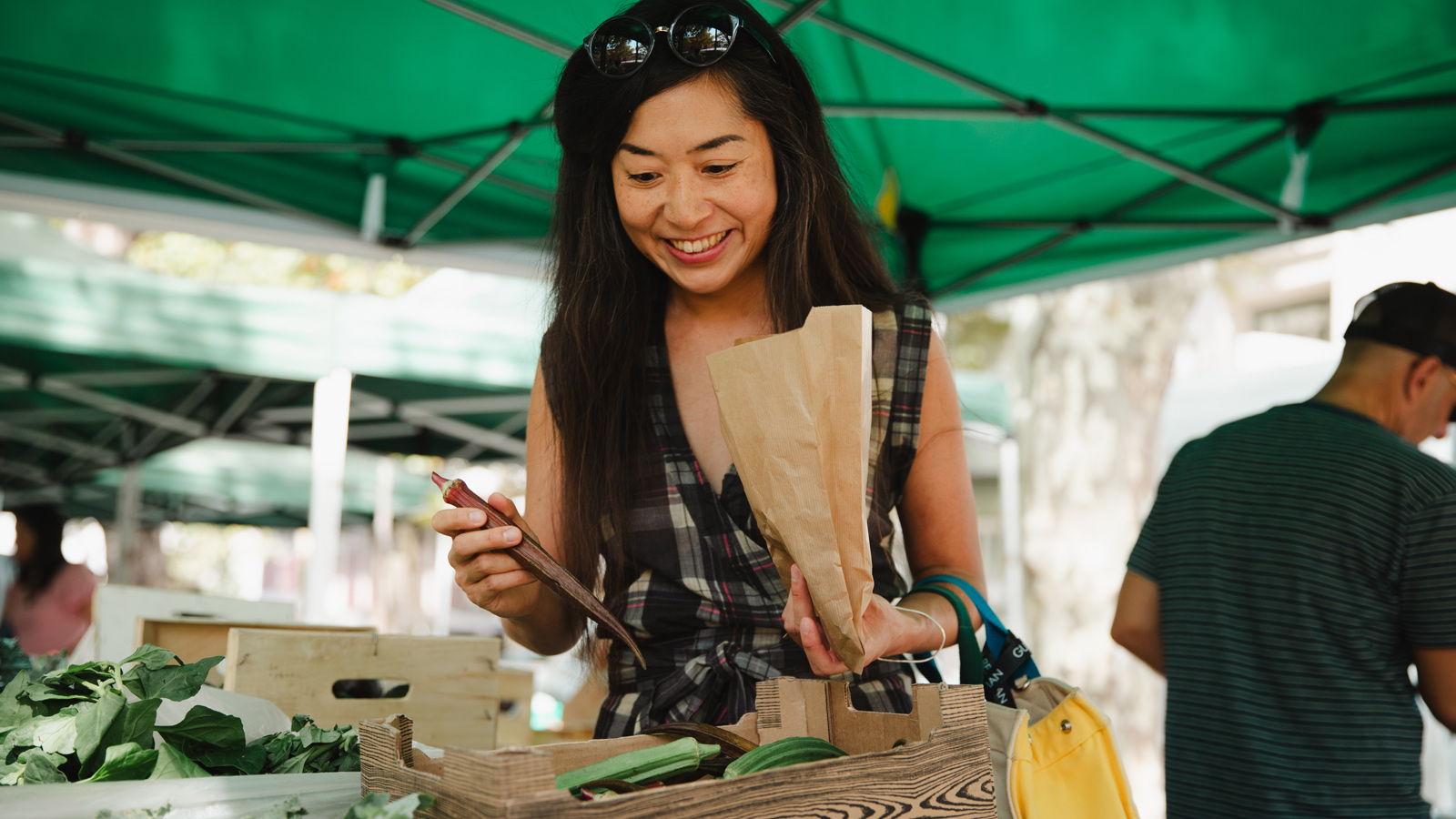
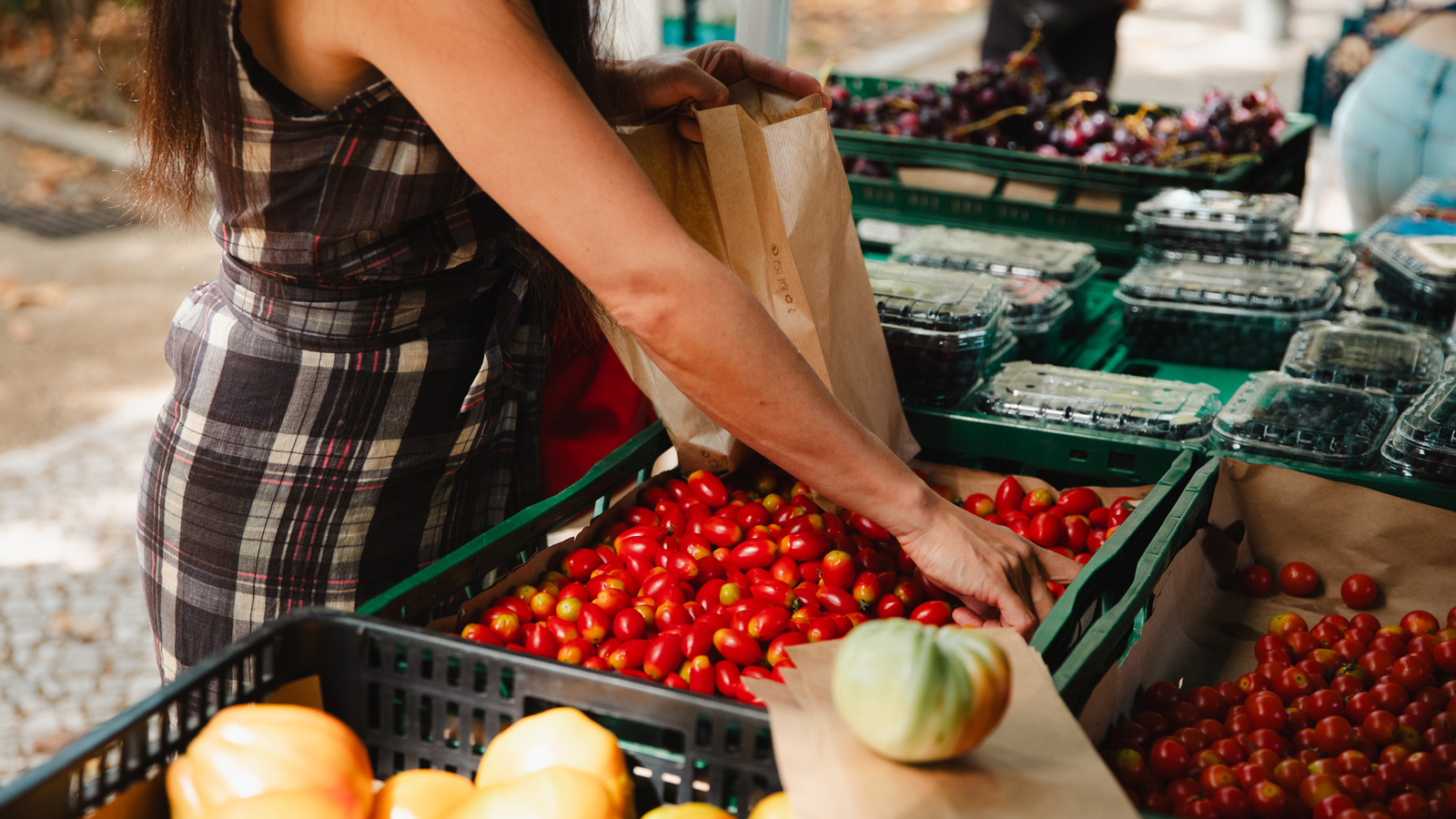

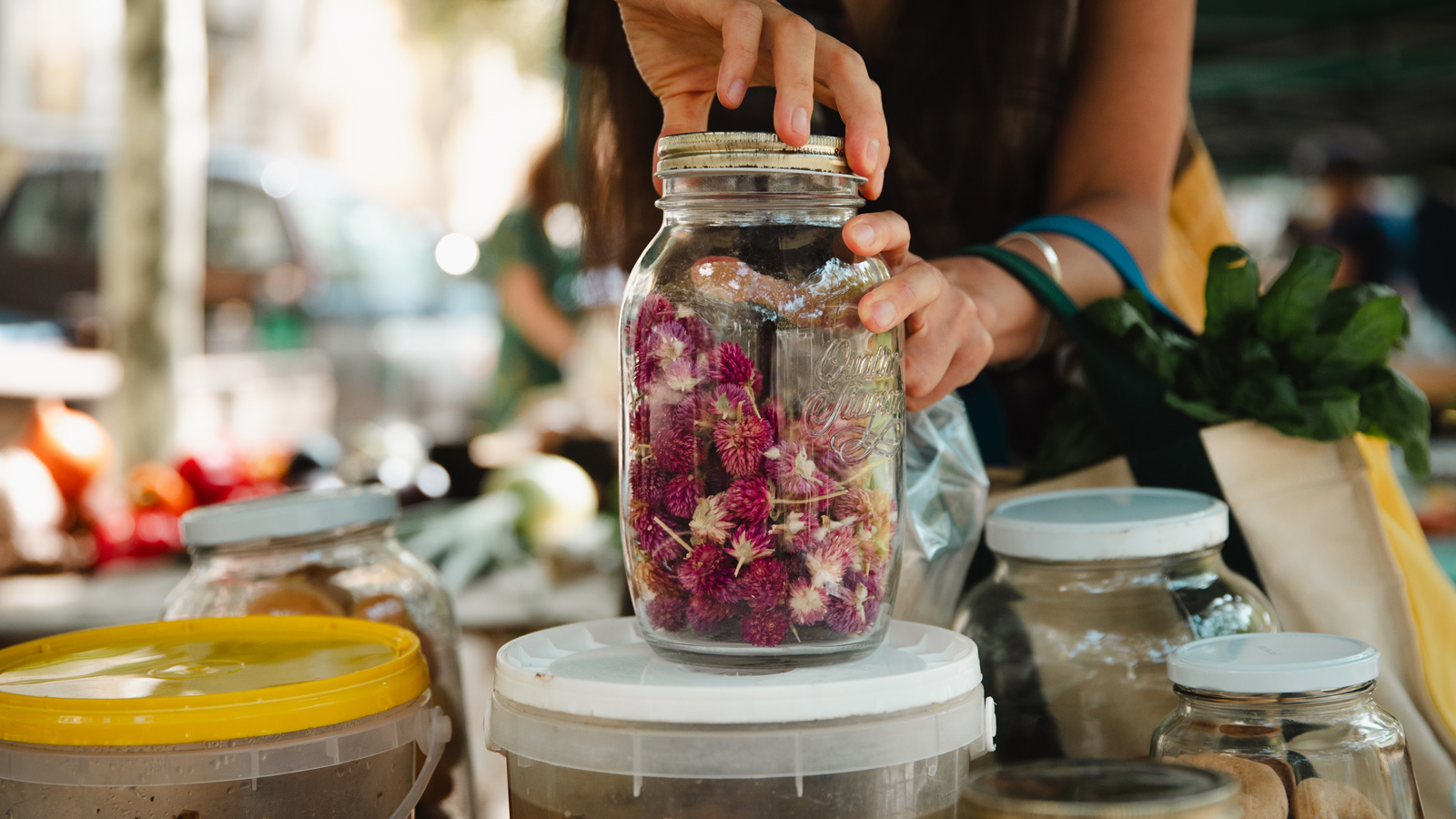
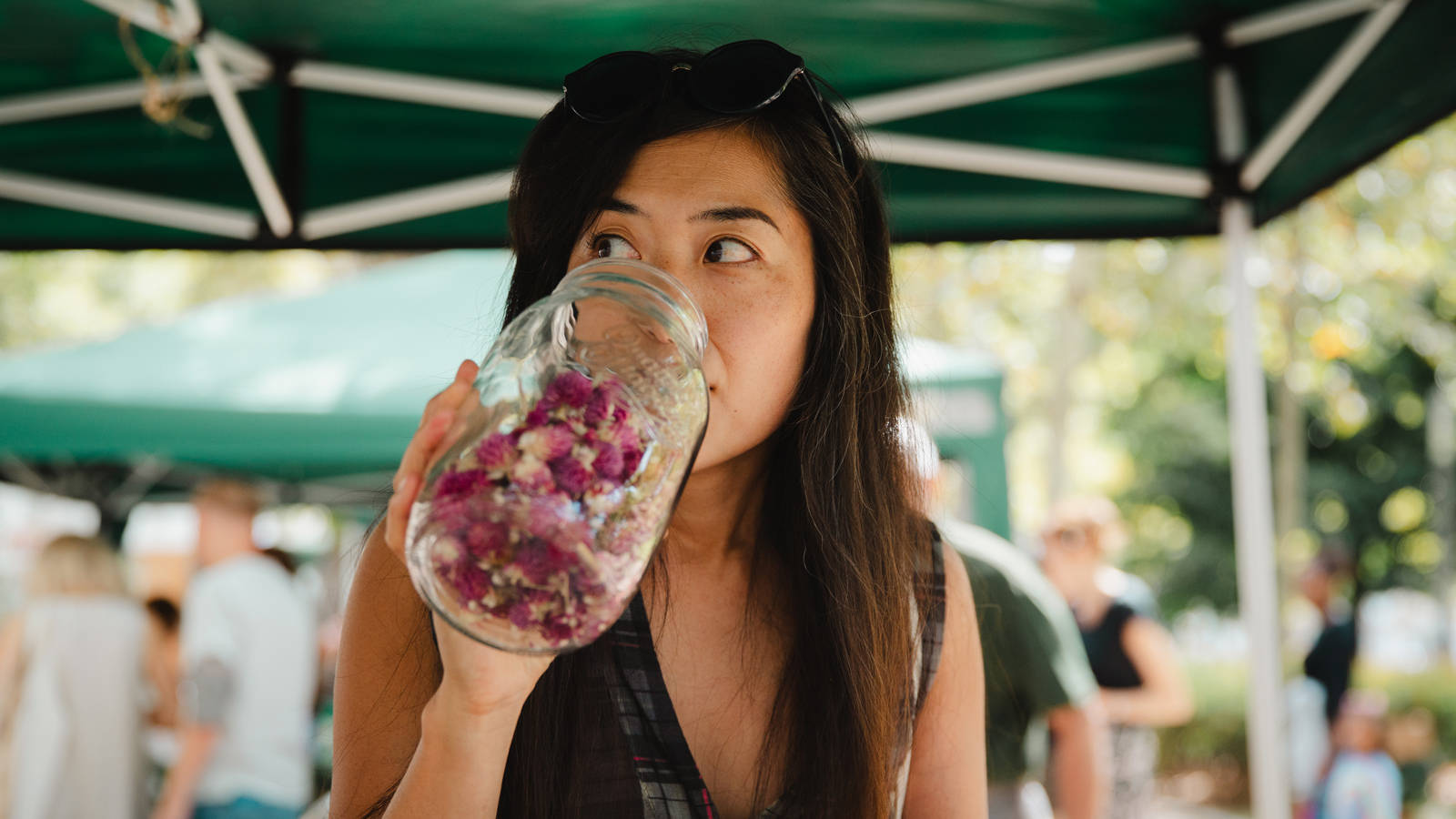

There’s an ephemerality related with food that you explore in all areas of your work – performance, ceramics, drawing, photography, installation, sculpture, etc.
I think ephemerality is one of the rare Japanese elements in my work. I like making scenes, places that exist only for a limited time – a performance, an exhibition, a party, etc. When we know that it will disappear, we appreciate it more and try to remember it. Everything disappears but the images, the sounds, the atmosphere, the taste and smell will stay in our memory.
How do these practices complement each other in your work?
There is always a back-and-forth trajectory. An installation transforms into a print work. Or a food landscape gives me an idea for a new title or new drawings.
